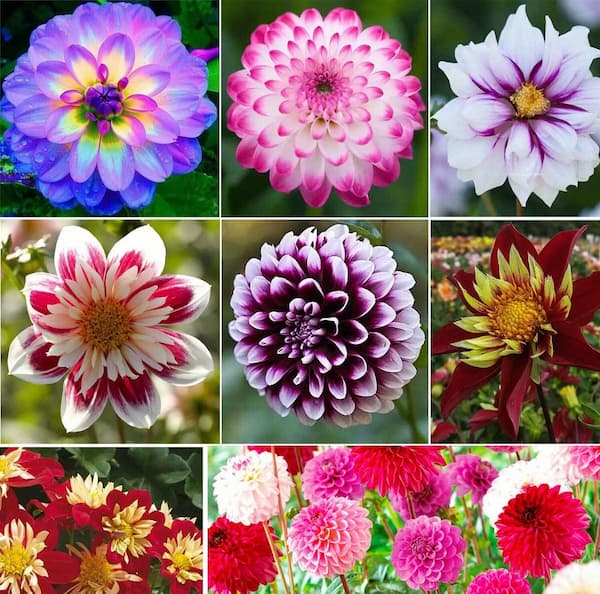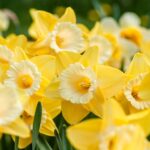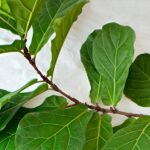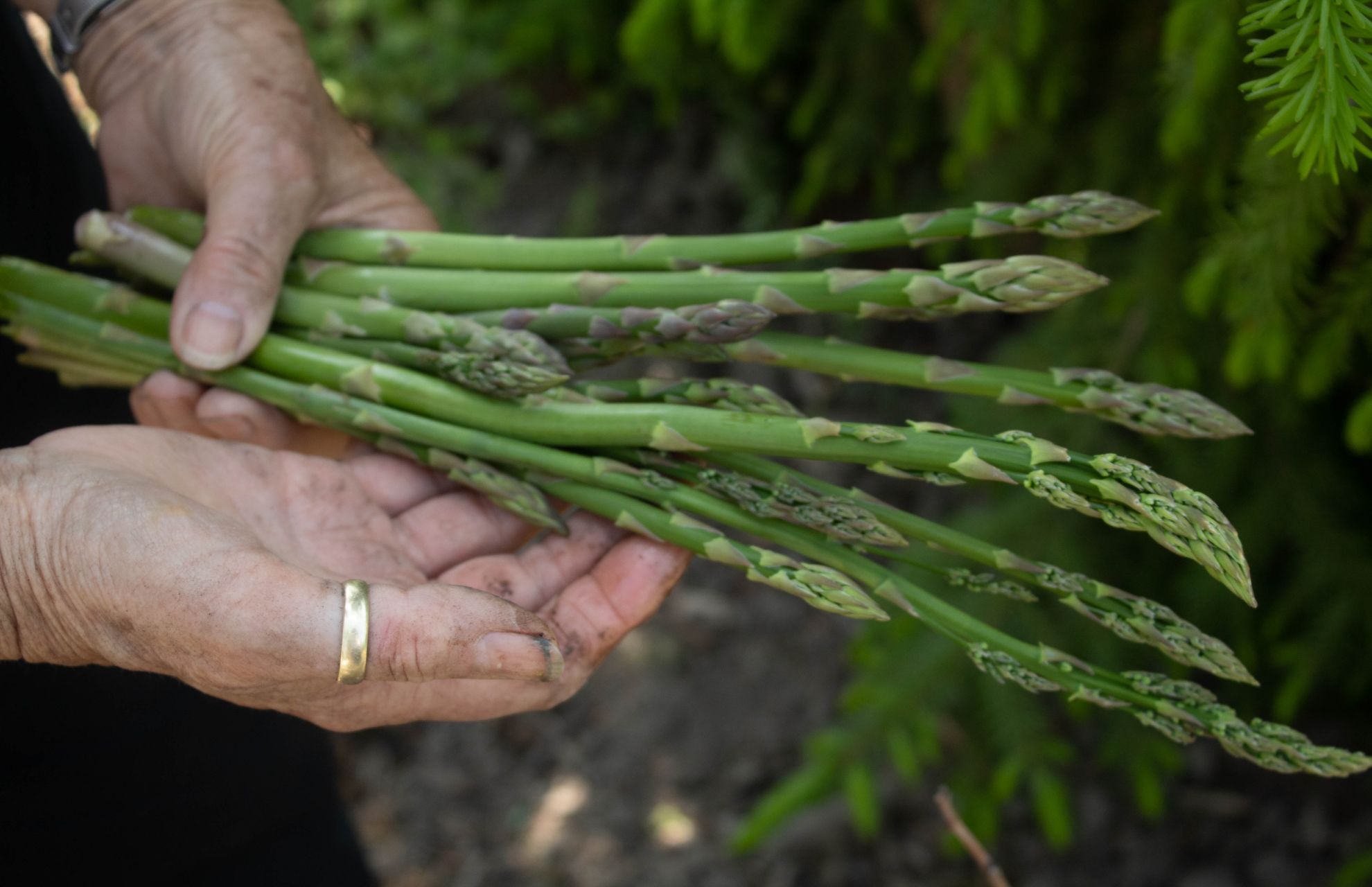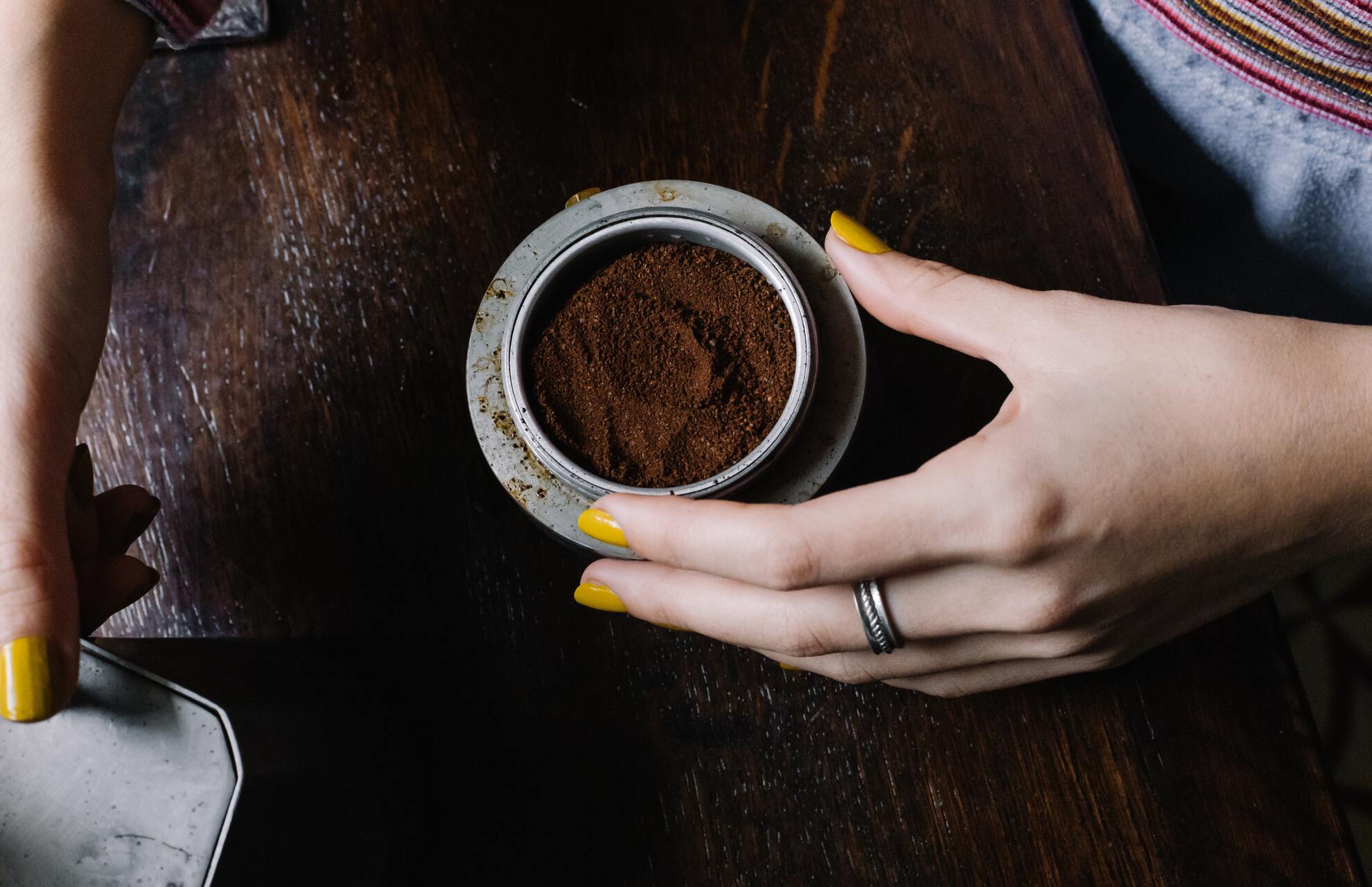If you’re wondering whether Dahlias are deer resistant, the short and easy answer is no! Though deers normally avoid dahlias, there is no assurance that they will never consume them.
Deer eat dahlias, yet the likelihood depends on a variety of conditions. Dahlias appear on both lists of plants that deer eat and lists of plants that deer do not eat. What deer consume is affected by location, species, and the amount of deer in proportion to the food availability. To keep deer from eating your dahlias, you can use obstacles or go downright smelly.
Do Dahlias Have Any Nutritional Value?
The amount of vitamins, minerals, and carbohydrates in dahlias is substantial. The petals are higher in vitamins and fiber than the stalks, which contain a lot of fructose. Dahlias come in more than 40 different varieties, and some of them are suitable for eating. The stalks are eaten as vegetables in Mexican folk medicine, while the crushed petals are used as a soothing balm.
Dahlias and Deer
Growing Dahlias
Dahlias are herbaceous plants that deer adore. According to the University of Vermont Extension, deer get around one-third of their moisture from plants. Deer grazing is especially damaging to young growth and buds. Short of moving to Georgia or another state where Dahlias are described as “seldom grazed by deer” – with the full understanding that your experience may differ – there’s always the danger that deer will start eating your dahlias. The risk of dahlias becoming deer food is greatest in early spring and late summer through autumn, when deer feeding requirements are greatest.
Dahlias may be grown in USDA zones 3 through 11, depending on the species and cultivar. These herbaceous perennials (Asteraceae) are members of the sunflower family and may also be cultivated as annuals.
- Dahlias thrive in broad sunshine with wet, well-drained soil to avoid root rot.
- These plants may reach a height of 6 feet and a spread of 3 feet.
- They normally bloom from July through September, producing spectacular blooms in a range of eye-catching colours.
- You may save bulbs before the temps drop to ensure they bloom again the following year.
Unfortunately, no dahlia species is totally deer resistant.
Foraging Deer
How deer-resistant dahlias are will depend on where you live.
A variety of factors influence what deer eat. There are geographical variances in deer varieties, and their favored meals and feeding patterns change with the seasons. Because flower beds provide healthy nourishment for hungry deer, well-tended, fertilized dahlias might attract them. Dahlias are high in carbs and minerals. In a region where deer do not often eat dahlias, these brilliant blooms and meaty greens might be devastated by deer if the deer population grows. Dahlias also become more appealing to deer when their preferred food sources become sparse.
Will Deer Eat Dahlias?
Dahlias aren’t commonly preferred by deer, making them moderately deer resistant, however this varies according on region and season.
Most expert sources agree that dahlias aren’t a deer favorite, but hungry deer will undoubtedly eat them. In the spring and summer, deer are most likely to consume your dahlias. Does are usually pregnant or nursing at this time, and young bucks are developing their antlers. This implies they have a larger need for food. Unfortunately, this is also the time of year when your dahlias bloom, making them more appealing to deer.
Factors That Affect Deer’s Diet
Dahlias are not somewhat deer-resistant, despite popular belief. Deer do not particularly enjoy them, but that is the only thing stopping them from being eaten. What factors then influence whether the deer in your area eat your dahlias?
Food Shortage
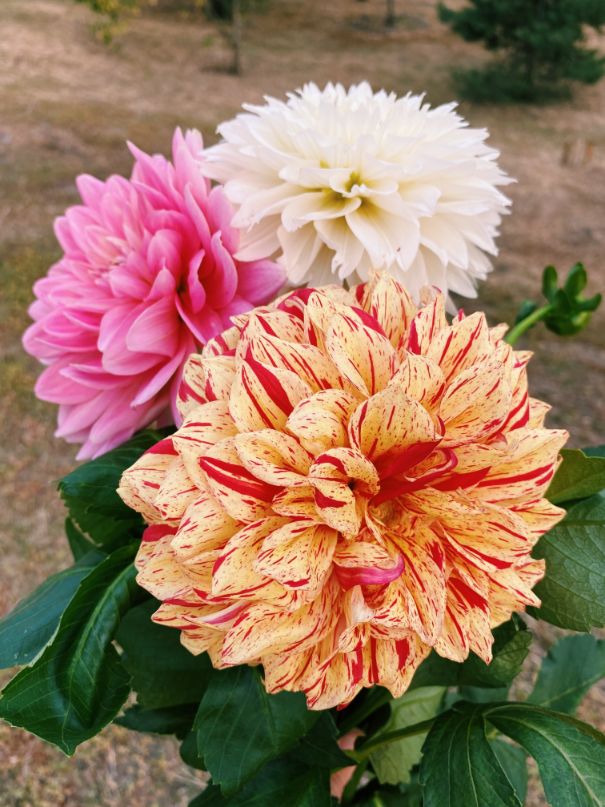
One of the most important factors influencing deer eating habits is food scarcity. Scavengers by nature, deer will look for simple food sources. They might have to forage in places they wouldn’t normally, like your garden beds, if food is scarce. They will even eat things like dahlias that they normally wouldn’t.
Seasonal Differences
The busiest times for deer activity are the summer and spring. While some female deer tend to their young, many are pregnant. This means that for their survival, growth, and development, they will need a significant amount more food. Your lovely dahlias will be in full bloom during these times of the year and will look enticing to any foraging deer nearby.
Dietary Practices And Regional Variations
Dahlias are generally not liked by deer, but regional preferences do exist. There is little competition for food and grazing areas in areas where there are few deer. This implies that dahlias may not be the deer’s top priority.
Your lovely, succulent dahlias might end up on the menu in areas where there are lots of deer because there is more competition for food.
How to Keep Your Dahlias Deer-Safe?
If you have a lovely flower garden and want to protect gorgeous dahlias from the hungry foraging deers in your area, here are a few things you can do to stop it.
Recording and Estimating Deer in Your Garden
Before you plant dahlias in your yard, take note of how many deer visit the area. If you only encounter the rare deer, it’s probably safe to plant your dahlias because they aren’t the deer’s first choice of food. More deer in your yard means more competition, so they’re more likely to nibble on your freshly blossomed dahlias.
In the spring and summer, deer are most likely to consume your dahlias.
Does are usually pregnant or nursing at this time, and young bucks are developing their antlers.
If you see any deer damage to your dahlias, put some deer-resistant greenery around them. Sage (Salvia officinalis) is a tough fragrant herb that is deer resistant in USDA zones 4 through 8. It’s deemed deer resistant since deer dislike the sage’s strong perfume and will likely avoid other plants in the area.
Using a Fence
If you see any deer damage to your dahlias, put some deer-resistant greenery around them. Sage (Salvia officinalis) is a tough fragrant herb that is deer resistant in USDA zones 4 through 8. It’s deemed deer resistant since deer dislike the sage’s strong perfume and will likely avoid other plants in the area.
Growing Some Deer Resistant Companion Plants
Sedum, Aster, Geranium, Rose, and Sage are some of the best companion plants to grow with dahlias. They compliment it well and also make sure that no deer comes near them!
You also have a choice to grow textured plants like Blue Oat Grass, Snow Cap Grass, Blue Paradise Bluestem, and All Gold Hakone Grass to stop deer from entering your garden.
Keeping Deer Out
If deterrence methods aren’t enough to preserve your dahlias, installing deer fence may be worthwhile. Depending on your land, you may choose to put a fence around a single flowerbed, your entire garden, or your entire property to totally keep deer away. Because deer prefer to avoid tiny enclosures, a 4-foot fence around the dahlia bed may suffice. Attach flags to the top wires of a wire fence to ensure that deer see the fence. They can jump, but their vision is poor.
Chemical Repellent

Deer can be repelled by using a wide range of different chemical types. The methods employed to accomplish this typically involve creating pain, fear, or other unpleasant smells that the deer find repulsive.
The systems that instill fear are by far the most effective of these kinds. The majority of these products are made with components like putrified eggs, blood, or coyote urine. Putrified eggs are effective because they give off a smell that resembles that of common predators.
Studies have revealed that even the most potent deer repellents only work for 10 to 12 weeks on average. According to studies, the deer will start to return to the area after this time and the level of feeding will gradually increase.
Because of this, the only way to effectively stop deer is to regularly switch the repellent to prevent the animals from becoming accustomed to one particular type. Therefore, we advise buying at least two different kinds of deer repellent.
How Do You Know If Your Dahlias Are Being Eaten By Deer?
Deer are frequently held responsible when flowering plants are eaten. But do they commit crimes every time? Hmm, maybe, maybe not. If the dahlias in your garden that were just beginning to bloom yesterday aren’t showing any signs of flowering today, a close examination can help you identify which hungry animal is the real culprit.
The flowers will be the first to perish if deer have been consuming your dahlias. The plant is also losing height, as you’ll see. New growth that was a vibrant green vanishes. From the top down, leaves are nibbled away. In the vicinity, you might spot deer droppings, which resemble rabbit pellets but are larger. Even deer tracks may be visible in muddy or sloppy soil.
If the plant’s base has been nibbled, the animal that has been consuming it is probably much smaller. These annoying pests will devour your dahlias’ most exquisite new leaves, which are most likely to belong to a rabbit. Even though the blooms are a fantastic source of nutrition, they will also eat the flower heads, but they much prefer the delicate flower buds.
These flowering plants are also consumed by birds, mice, squirrels, and badgers. Their individual preferences will determine whether or not they like them. Even though these animals can seriously harm your flowers, it takes them more time to do so because they are smaller than deer. You’ll notice the difference overnight if a deer is consuming your dahlias. It might take you a few days to realize that a smaller animal is to blame.
Even though your dahlias may not be eaten, armadillos, raccoons, foxes, and possums can still harm them. In their pursuit of the insects that live in the moist soil below, these omnivores will destroy flower pots and dig up flowerbeds. These animals, not the deer, are probably to blame if your dahlias keep getting dug up even though you don’t notice any actual plant damage.
Which Flowers Do Deer Avoid?
These flower varieties won’t attract deer, so if you’re sick of them nibbling on your priceless blooms as soon as they open.
- Calla Lillies – They are one of the most tasteful spring and early summer flowers. Deer avoid them because of the toxins in their leaves.
- Daffodils – The hope flower blooms profusely in the spring and is also resistant to deer. This is because the plant’s alkaloid lycorine is to blame. It is toxic to deer and is inedible.
- Peonies – Deer are not drawn to the fragrant blooms that appear in late spring or early summer. Deer avoid them primarily because of their fragrance despite the fact that they are not poisonous.
- Begonia – Begonias are eaten by deer despite being leafy and having colorful flowers. Deer are repelled by their wax-coated leaves and fuzzy stems.
Conclusion
Dahlias are beautiful flowering plants, but they are susceptible to bug problems and deer may occasionally eat them if the conditions are favorable. The good news is that there are some precautions you can take to reduce the damage to your lovely landscape.

